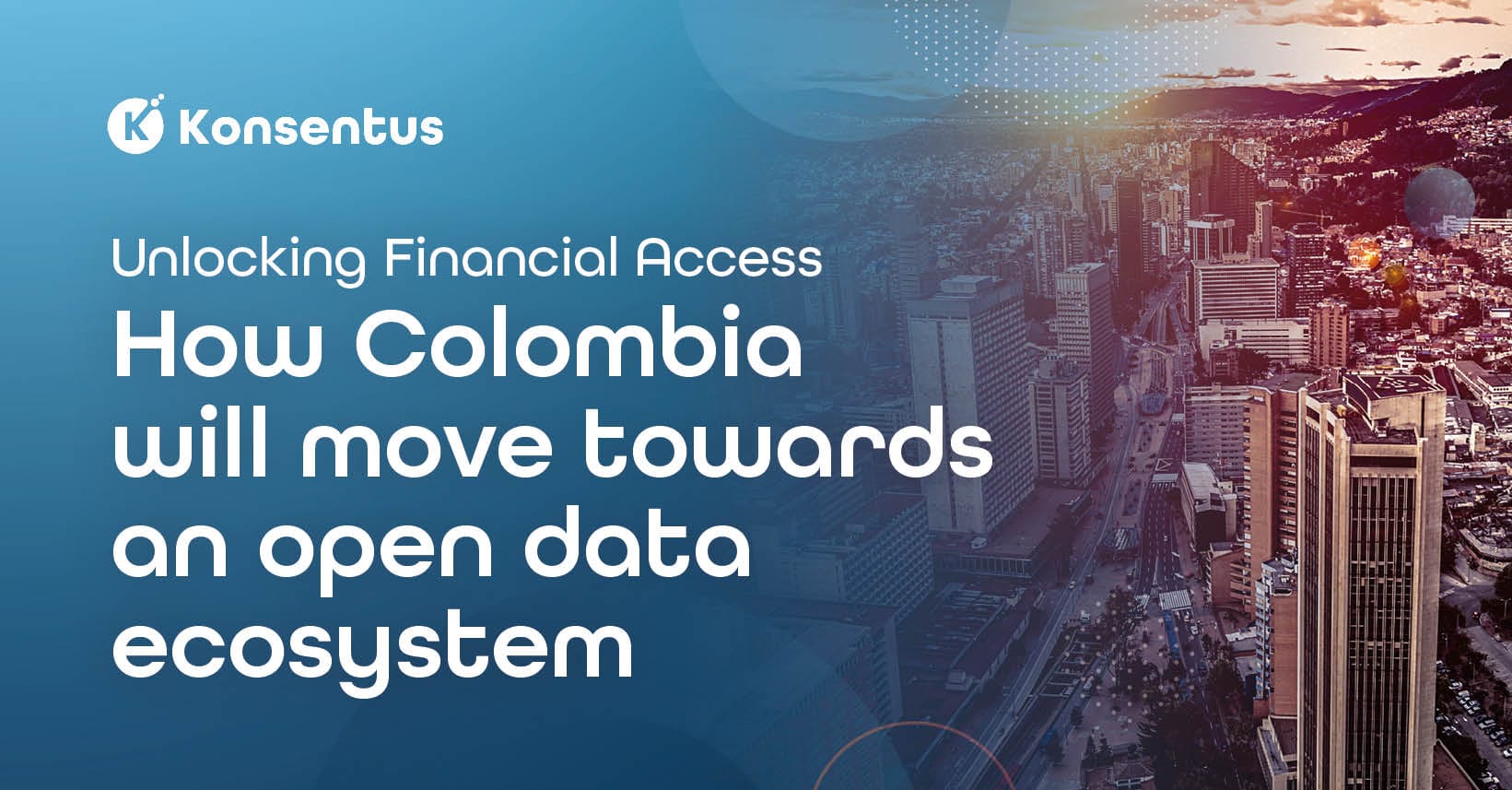Tell me a bit about yourself and what brought you to Konsentus
I recently graduated with a degree in Industrial Engineering from Kocaeli University in Turkey. During my university years, I completed several different internships to better understand my interests and strengths. I have always been passionate about technology and wanted to work for a tech company.
After I graduated, I decided to move to the UK and look for roles that would fit with my interests and skillset. Konsentus, as a leading provider of financial technology and a growing company, presented an excellent opportunity to start my career. I found it to be a great fit for my expertise and I have learned so much during the 2.5 years I’ve been with the company.
In my role I am responsible for service management and data analysis. I manage and report internal data for several departments, helping to create valuable business intelligence that supports strategic decision-making.
What type of information and data do you report on?
My reports are based on our Konsentus Verify data. Verify holds consolidated and standardised information on all the regulated banks and fintechs that can provide open banking services in Europe – that’s several thousand different entities and the data’s constantly changing. The information in our directory is interrogated when our customers want to find out about a particular TPP (or bank acting as a TPP). This gives us a lot of additional transactional data points to report on.
The data we hold helps us better understand our customers, the open banking environment and how adoption is taking off across Europe. Our data has a lot of information from different perspectives and allows us to comprehensively analyse the open banking market.
On our website, we publish a tracker on the European fintech TPPs who are regulated to provide consumers and businesses with open banking services. This is called the “Konsentus TPP open banking tracker”. It records the growth in fintech TPPs at a market level. We track the regulatory status of each TPP, their passporting permissions, and whether they are a payment institution or an electronic money institution. I will soon be pulling the data for our Q2 2024 report.
Separate from the regulatory data, our customer transactional data helps us better understand what is actually happening in the market. Through our transaction log, we can see which banks are using their regulatory permissions to act as a TPP, we can track how popular certain TPPs are, and which banks are connecting with which TPPs. When a TPP requests account access, it identifies itself through its eIDAS certificate. So, for all the access requests we process, we check the certificates we receive so we can validate the identity of a TPP before checking its regulatory status.
What information do we give to our customers and how do they use this data?
Every time one of our customers presents us with an eIDAS certificate, we match the data held within the certificate with the TPP’s regulatory record and see if there are any discrepancies or issues. Things we look at are the entity’s name on the certificate, the certificate’s expiry date and who it’s been issued by. These data points are then cross-checked with the information in the various regulatory registers. We check the name on the certificate matches the name on the registers, the entity’s regulatory permissions and the countries it can operate in. All these checks are performed at the time of the transaction request, taking the latest available source data, so there’s no delay for our customers.
Some of the issues we encounter are expired certificates, invalid certificates, unauthorised TPPs, TPPs operating without suitable service permissions, and TPPs operating without the correct passporting permissions. It’s then up to our customer to decide how to proceed with the access request they’ve received based on the data they’ve received from us.
The transactions we flag to our customers are significant in number. The quality of our data is first class – so if something isn’t right, we’ll spot it. This is critical for ensuring the integrity of our products and services.
Are there any trends in the market you’re seeing and can you give any examples to show how the ecosystem is changing?
At an aggregated data level, we are certainly seeing some trends. The number of fintech TPPs our customers are interacting with has increased significantly over the past few years. I think that’s reflective of the digital society we live in today. I’m much more interested in a product’s benefits rather than where the organisation is based. That’s probably why on average, over 30% of the access requests sent to us are for cross-border transactions which means that the TPP requesting account access is regulated in a different country to the bank supplying the data. It will be interesting to see how this trend continues when the ecosystem expands to include other financial services as we transition to open finance.
What can people find you doing when you’re not analysing data?
I have many hobbies, but right now I am mainly focused on house renovation with my husband. We have designed our first house and are in the process of turning our dream into reality. From changing doors and kitchen cupboards to tiling, plastering, painting, and installing lighting throughout the entire house, we’re doing everything ourselves. It’s a fulfilling journey that not only enhances our home but also shows us how much we can accomplish without any prior expertise.






